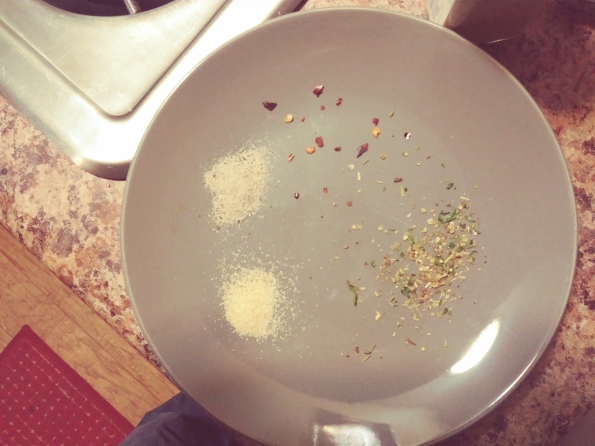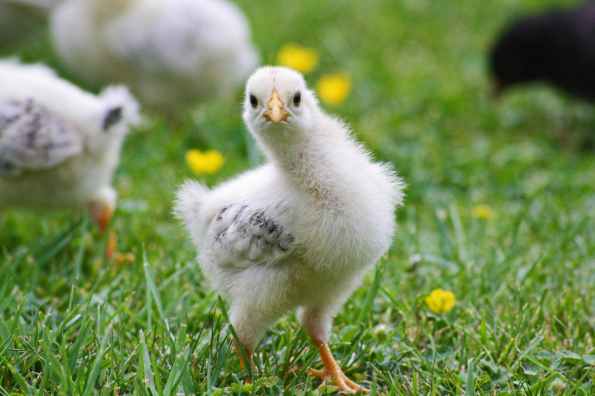Archive
Rethinking the Mouse Trap
We bought a mouse trap. You’re supposed to put cheese in those things, but people don’t know that cheese is actually really bad for mice. Kind of in the same way you’re not supposed to feed bread to ducks, because the yeast consumes sugars in their stomachs, releasing an alcohol cloud that expands and causes an explosion. Just imagine walking up to a duck that had eaten bread earlier that day. Let’s just say your new nickname would be ‘Nubby’ or ‘Guy whose balls got blown off by an exploding duck.’
Anyhoo, cheese doesn’t have as dramatic an effect on mice as that, but it is very high in fat and can cause cardiovascular issues down the road. That’s why I prepared the below spice blend:
 We’ve got a little SPG mix, onion powder, oregano, parsley, and crushed red pepper for a bit of heat. Not only does this pop way more on the tastebuds, it comes without the bloated waistline and crap backup that are major hallmarks of cheese.
We’ve got a little SPG mix, onion powder, oregano, parsley, and crushed red pepper for a bit of heat. Not only does this pop way more on the tastebuds, it comes without the bloated waistline and crap backup that are major hallmarks of cheese.
This is also easier on the mousetrap, because the metal bar doesn’t have to fight through a thick layer of cheese fat to crush the rodent’s brain, and there won’t be any exploding residuals from the constipation when the deceased mouse……..voids, if you catch my drift.
The Road To Flavor Country Is Paved With Chicken Nipples
Most fast food chains volumize their meat with chicken nipples, and why not—they’re inexpensive, abundant, and packed with complex layers of flavor. This spongy, cloud-like tissue creates a receptive environment within the meat for a sauce or marinade to fully penetrate its inner fibers. The road to flavor country is paved with chicken nipples.
Which brings us to a long-neglected aspect of this blog: tips for rich, savory, home-style cooking (the art of which I have learned from producing industrial volumes of soup as a peon in a corporate kitchen). I thought I’d make something featuring the chicken nipple as the star of the dish, as it has been hidden in dark, meaty folds for far too long.
And now, without further ado, the recipe reveal:
Minnesota Wild Rice Chicken Nipple Soup
Ingredients
–Wild Rice
-Chicken nipples (A note on the nipples: fresh is obviously best. As for acquisition, the chicken from whom you are gathering the nipples should be dead. Some countries (cough, Bolivia, cough) still adhere to nipple harvest traditions which are antiquated and, quite frankly, barbarian. We won’t go into that. In my home kitchen, I use humane methods. So, the most simple way is the lop the chicken’s head off (I like to use a machete and pretend I’m a roided-out Barry Bonds). Once its got no head, that pinche pollo is gonna wanna take off runnin’, and you’re gonna wanna stop that from happenin’. Grab it, and hold it close. Now grasp the headless chicken with one hand, and use the other to drive your knife downwards over the fowl’s anterior pectoralis. Do this quickly, before all the blood spurts out of the giant hole on top of the bird, for you want a little, but not too much engorgement.)
-Stock (After the harvest, you’re going to have an entire chicken (sans nipples) left over. Don’t throw it out. Stick it in a large pot with some carrots and onions, a few herbs, cover with water, and simmer for a few hours.)
It doesn’t really matter what else you put in the soup. You’ve already got chicken nipples, which will enhance anything they come in contact with. And the best thing about teats is their versatility—they’re uniquely delicious whether baked, boiled, grilled, or sautéed.
This soup is perfect for an early spring evening such as this.
And also, you’re welcome.

